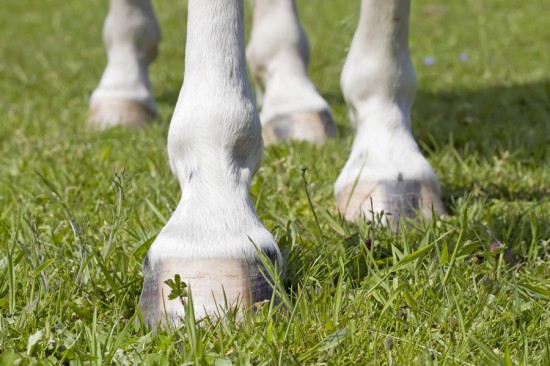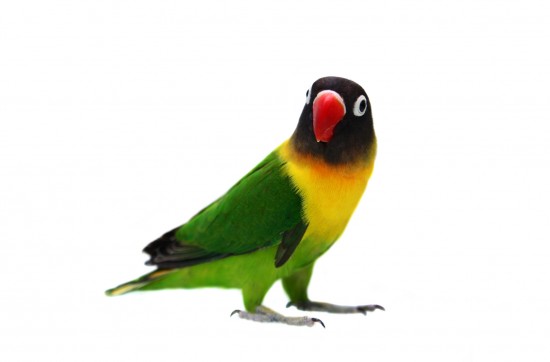Apart from being just annoying, fleas are disease carriers and host many parasites which can create havoc with your pet dog抯 immune system. Apart from that fleas can bite and infect other pets and humans, spreading allergic reactions and rashes on the skin.
Although fleas can be found all over the world, they are a menace in the warm climatic places so if you inhabit such a location and your dogs interacts with other dogs, flea infestations are common as not all pet dog owners are careful about anti flea treatments.
Innovative research has developed many effective flea control medications and other topical applications are available to keep a tab on dog fleas. Although there are quite a few herbal anti flea treatments which are good, there are many fraud methods easily available too, so be careful when you decide on getting one. It is best to ask your vet about the most viable option to eliminate fleas from your dog and your home.
Life Cycle of a Flea
Fleas have great resistance and it is no surprise that they can live and reproduce at a high rate, thus making them widespread all over the world. The life cycle of a flea is very intriguing and hardy availing them all opportunities to live and reproduce at an alarming rate. To understand this protective life cycle better, read the different stages of the lifecycle of the flea.
Flea eggs: The fleas lay eggs in the hair without attaching them to the hair strands so they are free to drop off from the dog抯 body anywhere - your carpet, upholstery, bedding and on other pets. Each female is able to lay over 600 eggs in their lifetime which is about 20 eggs a day! These eggs produce larvae within 2 weeks completely depending on the climatic conditions.
Larva Stage: If your dog has a flea infestation, approximately 25% to 30% of the fleas are in the larva stage. As the larvae are blind, they prefer to be in darkness, so folds of the sheets, sides of furniture are quite favourite breeding grounds of these parasites. They survive on dead skin and dried blood in flea droppings. They are living on the host but are still not sucking blood but living off the waste. They remain in this stage from nearly 15 days to a month.
Cocoon- The larva spins a small cocoon to develop into a full grown flea with 5 to 15 days. The cocoon causes irritation to the dog抯 skin both in the hair or if it is present in its bed.
Flea: This is the most dangerously biting stage when the fleas bite and suck blood from the animals or humans, creating allergic reactions, scabs, hair loss and dry skin patches. However, they need to ingest blood to reproduce and hibernate if blood is not available.
It would be best to get a routine check up for flea infestation done by the vet and in case, you see any flea dirt, take immediate action.

 How To Stop Your Cat From Being Destructive
How To Stop Your
How To Stop Your Cat From Being Destructive
How To Stop Your
 Build and craft the perfect chicken coops for your pet
Build and craft the perfect chicken coops for your pet
Build and craft the perfect chicken coops for your pet
Build and craft the perfect chicken coops for your pet
 Dog Mounting - How To Stop Dog Mounting Behaviour
Dog Mounting - Ho
Dog Mounting - How To Stop Dog Mounting Behaviour
Dog Mounting - Ho
 Common Conditions Of The Equine Foot
Common Conditions
Common Conditions Of The Equine Foot
Common Conditions
 Masked Lovebird (yellow Collared Lovebird)
Masked Lovebird (
Masked Lovebird (yellow Collared Lovebird)
Masked Lovebird (